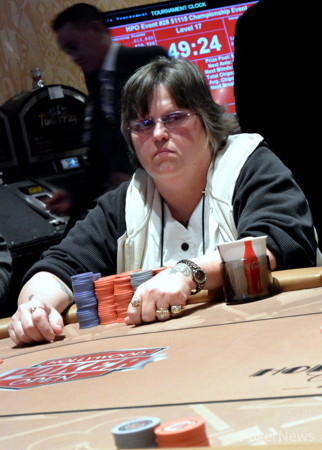Poker Heads Up Blinds Rules
In heads-up online poker, you have a small and a big blind, which switches person each new hand. If you are the small blind, you are first to act pre-flop. Normally you either open or fold. You open a big % of your hands and some really bad hands you fold. If the small blind raises, the big blind has to make a decision. You can either fold, call or re-raise. If you call, we usually name it ‘defending’, because you are defending your big blind that you already paid. The question is, what hands should you defend and what not.
First of all, I’d like to say that every situation is different, so there is no rule of thumb. This is because every villain plays either more aggressive or more passive than the other. But there are some things you can keep in mind when you have no information on the villain. For example, you can act differently on how many big blinds your villain opens on the small blind. This usually ranges from 2 – 3 big blinds. This is easy mathematics; if your villain opens 2 big blinds, you only have to chip in 1 big blind more. This means you can defend a wider range of hands. Then again, if your villain opens 3 big blinds, you should tighten up that range, because it’s more expensive to see a flop. Sometimes your villain opens 2.5 times the big blind. Then you should find a way in between those two ranges.
In poker games other than heads-up the small blind is posted by the player positioned clockwise from the dealer (or nominal dealer in online poker). The big blind is posted by the player to the.
- In heads up poker games, the button pays the small blind (and is sometimes also referred to as the small blind position).The small-blind/button acts first on the preflop betting round but last on the postflop betting rounds.
- When starting heads-up play, deal a single card face-up to each player. The player with the highest card gets the button first. This player posts the small blind, and the other player posts the big blind. Both players post antes into the center of the table if there are any antes.
- For any tournaments and cash games where players are Heads-Up, the small blind will be placed on the button. The button will then be first to act preflop and second to act in all further betting rounds. This rule is widely accepted and explained in the Robert's Rules of Poker, which the vast majority of poker rooms use these days.

Here are some examples:
- From now on I will call the small blind, SB, and the big blind, BB
- For each example imagine we’re playing a 0.25/0.50$ heads-up game. The SB posts $0.25 and the BB posts $0.50. The pot is $0.75
Scenario 1 (2x BB);
SB raises to $1.
SB is risking $0.75, to win $0.75.
BB should defend at least $0.75/$1.50$ so should defend 50% of his range.
Blinds In Poker Means

Scenario 2 (2.5x BB);
SB raises to $1.25 (2,5xBB).
SB risks $1 to win $0.75.


BB should defend at least $0.75/$1.75 so should defend ~43% of his range.
Small Blind Poker
Scenario 3 (3x BB);

SB raises to $1.5 (3xBB)
SB risks $1.5 to win $0.75.
BB should defend at least $0.75/$2 so should defend 37.5% of his range.
This is some easy mathematics you should keep in mind as big blind pre-flop. You should also keep in mind whether your villain raises a lot of small blinds, or not so many. When your villain raises almost 100% of his small blinds. You can start thinking about widening your range a bit. Because he gets dealt bad hands as well, which he is also opening. But also keep in mind that if your villain raises a small percentage of his small blinds, that you should tighten up a big, because he will often have better cards when you don’t tighten up.
So all in all, defending is not as complicated as it sounds. The things you have to keep in mind are:
- How aggressive or passive is my villain pre-flop on the small blind?
- Is he opening a lot of small blinds, or is he not?
- How many big blinds is he opening to?